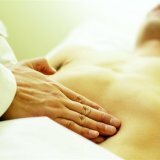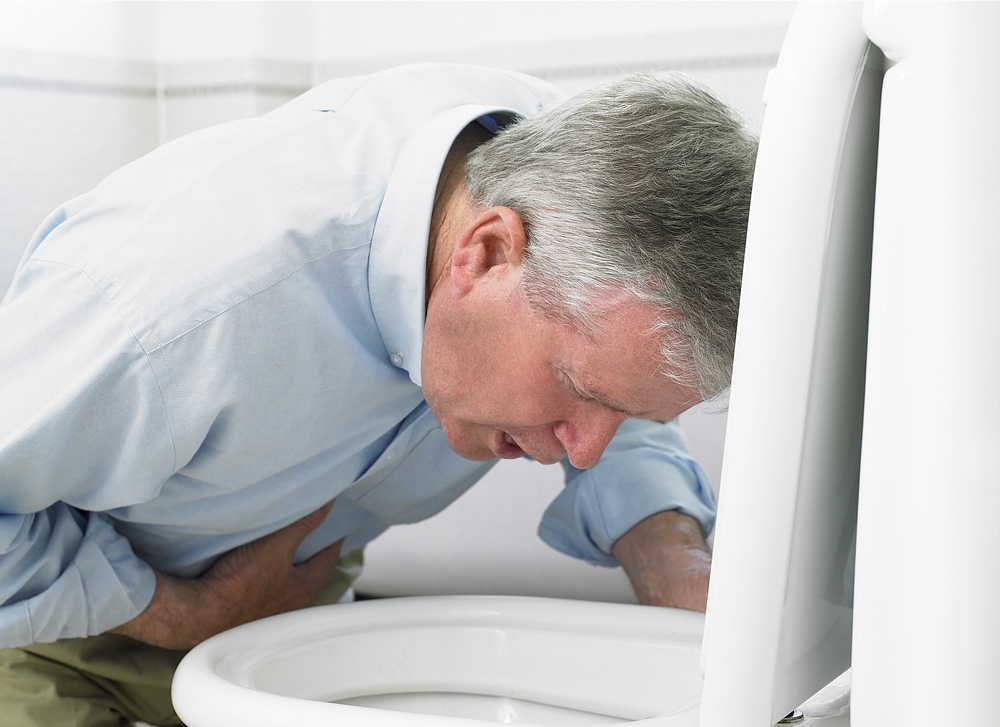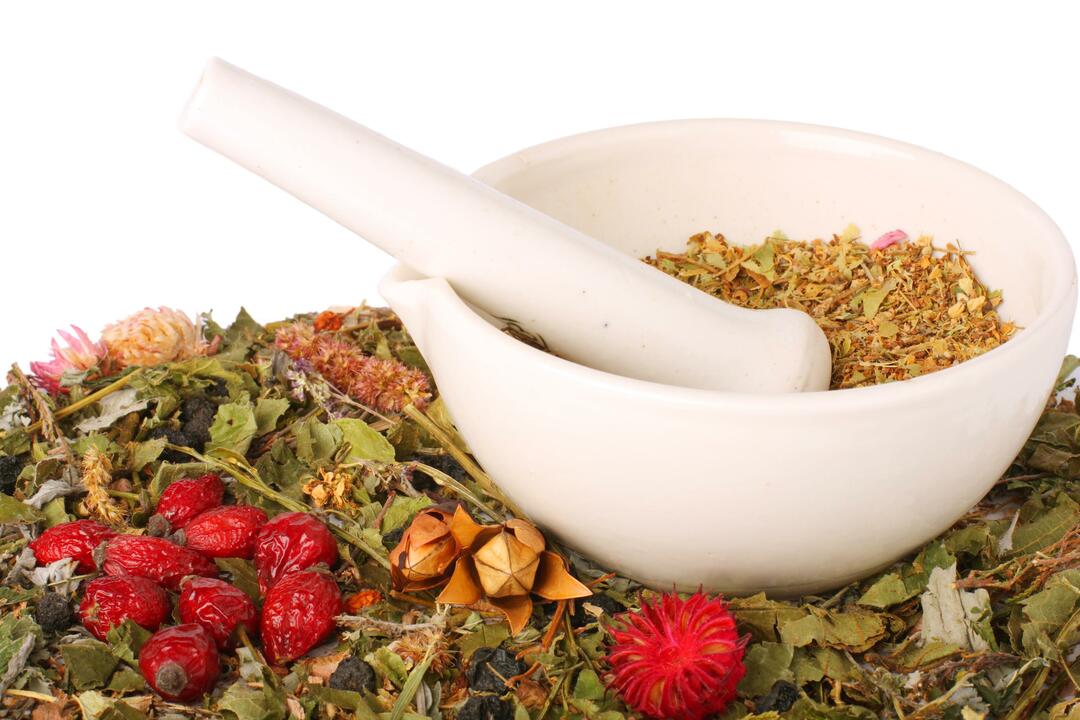Bile gastritis: symptoms, treatment, diet

Bile gastritis refers to inflammatory or dystrophic diseases of the gastric mucosa. This is the diagnosis most often made by people themselves, since most believe that if you feel heaviness in the stomach, pain in the epigastric region, flatulence, etc., you are necessarily sick with gastritis. Many even reassure themselves that they find an explanation for all the unpleasant sensations in the abdominal region. But very few people know that gastritis, in fact, is not a simple disease at all.
Modern medicine distinguishes 2 main forms of gastritis - chronic( to which the gall-stone refers) and acute. Sometimes alcoholic gastritis is also allocated. Acute gastritis is an acute inflammation of the coolant( gastric mucosa), which is caused by the short-term action of strong stimuli( taking certain medications, eating poor-quality food, etc.).Acute gastritis is divided into fibrinous, catarrhal, phlegmonous and corrosive. Chronic gastritis refers to a group of relapsing, long-lasting diseases characterized by dystrophic and inflammatory changes in the coolant. In this case, mucosal damage can be considered as an independent disease( to be primary), and may be due to other non-infectious and infectious diseases and intoxication( to be secondary).More than half of the world's population suffer from chronic gastritis. Chronic gastritis is non-atrophic( occurs most often), atrophic, chemical( reactive), eosinophilic and granulomatous. Bile gastritis, symptoms, treatment, diet depend on what kind of diagnosis you were given and how you carry those or other drugs and products.
Symptoms of bile gastritis.
Most often, chronic gastritis is manifested by dyspeptic digestive disorders and pain syndrome. However, gallstones have different symptoms( depending on whether your acidity is high or low).So, with gastritis with high acidity, you can suffer from heartburn, belching sour, acute or aching pain and heaviness in the epigastric region;And with gastritis with low acidity - from raspiraniya and heaviness in the epigastric region, belching air, worsening appetite, nausea, unpleasant taste in the mouth, a feeling of fullness of stomach and bloating. In this case, pains in the epigastric region occur most often on an empty stomach( sometimes after eating) and can be both cramping sharp and unintensive aching. If the condition worsens, the patient may vomit the contents of the stomach.
Remember that if you suffer from heartburn, and after eating feel the heaviness in the epigastric region, overeating, belching with air and food, stomach overflow, unpleasant aftertaste, decreased appetite and flatulence - see a doctor immediately for examination, since with gastritis, In fact, jokes are bad.
Diagnosis of bile gastritis.
To diagnose the disease you need to pass faeces for analysis for the presence of occult blood and undigested food, do fibroezofagogastroduodenoskopiyu( FEGDS), go study the function of gastric secretion, the procedure to identify the microbe Helicobacter pylori, as well as Floor manometry, which brings in reflux gastritisIncrease in duodenal pressure.
Treatment of gallstones.
Bile gastritis, its treatment provides for a set of activities that are aimed at normalizing the way of life, rest and working conditions, adherence to dietary recommendations and refusal from smoking and alcohol. In addition, the patient will be better not to take some medications that can irritate the gastric mucosa( for example, from non-steroidal anti-inflammatory drugs).However, a gastritis patient can not get by with only a healthy diet, from time to time he will have to subject himself to drug therapy, which includes various groups of drugs: antispasmodics, antisecretory drugs that reduce the acidity of gastric juice( H2-blockers or proton pump inhibitors), prokinetics, Antibiotics( in the presence of infection), gastroprotective drugs, as well as drugs that contribute to the healing of erosion of the gastric mucosa.
In addition, with reflux gastritis treatment should be aimed at binding of bile acids and normalization of gastric motility. Therefore, to prevent the casting of duodenal contents in the stomach, the patient is prescribed metoclopramide and domperidone;To neutralize bile acids, which have a damaging effect on the gastric mucosa - ursodeoxycholic and chenodeoxycholic acids;And to protect the mucous membrane from bile acids - various drugs that reduce acidity in a daily normal dose( for example, Almagel, which has the ability to bind acids).
Diet for gallstones.
Bile gastritis and diet also depends on what your acidity is. The patient should eat 5-6 times a day, chew the food well and avoid too cold or hot food. Thus, a patient with a diagnosis of gastritis with high acidity should make up his daily diet of mashed dairy and vegetable( except for cabbage), as well as cereal mucous soups( not fish or meat), vegetables in crushed cooked form or in the form of puddings made onSteamed, from mashed porridges with milk and butter, from boiled lean meat, boiled lean fish, steamed cutlets and boiled chicken without skin, from milk, non-acid curdled milk, cream, low-fat cottage cheese, olive, sunflower and butter, from soft-boiled eggs, fromCherWhite bread, as well as sweet varieties of fruits and berries, vegetable, berry and fruit juices, real rose hips, kissels, compotes. In addition, with increased acidity, it is necessary to limit table salt to 8 g and add vitamins C, A and B to food.
With reduced acidity, the patient should eat cereal soups and vegetable soups, mashed, on mushroom, meat and fish broths, low-fatMeat, boiled chicken, fried chicken without bra, stewed ham, fish, black caviar, milk, butter, kefir, curdled milk, cream, non-sour cream, cottage cheese, soft-boiled eggs or in the form of an omelet, rubbed or well rzvarennymi cereals, flour dishes( excluding baking), stale white bread, gray bread, fruit and vegetables cooked and raw in grated form, vegetable and fruit juices, tea, coffee, marmalade, sugar. In addition, it is necessary to limit the amount of consumed table salt to 15 g and add vitamins B1, C, B2 and PP.



